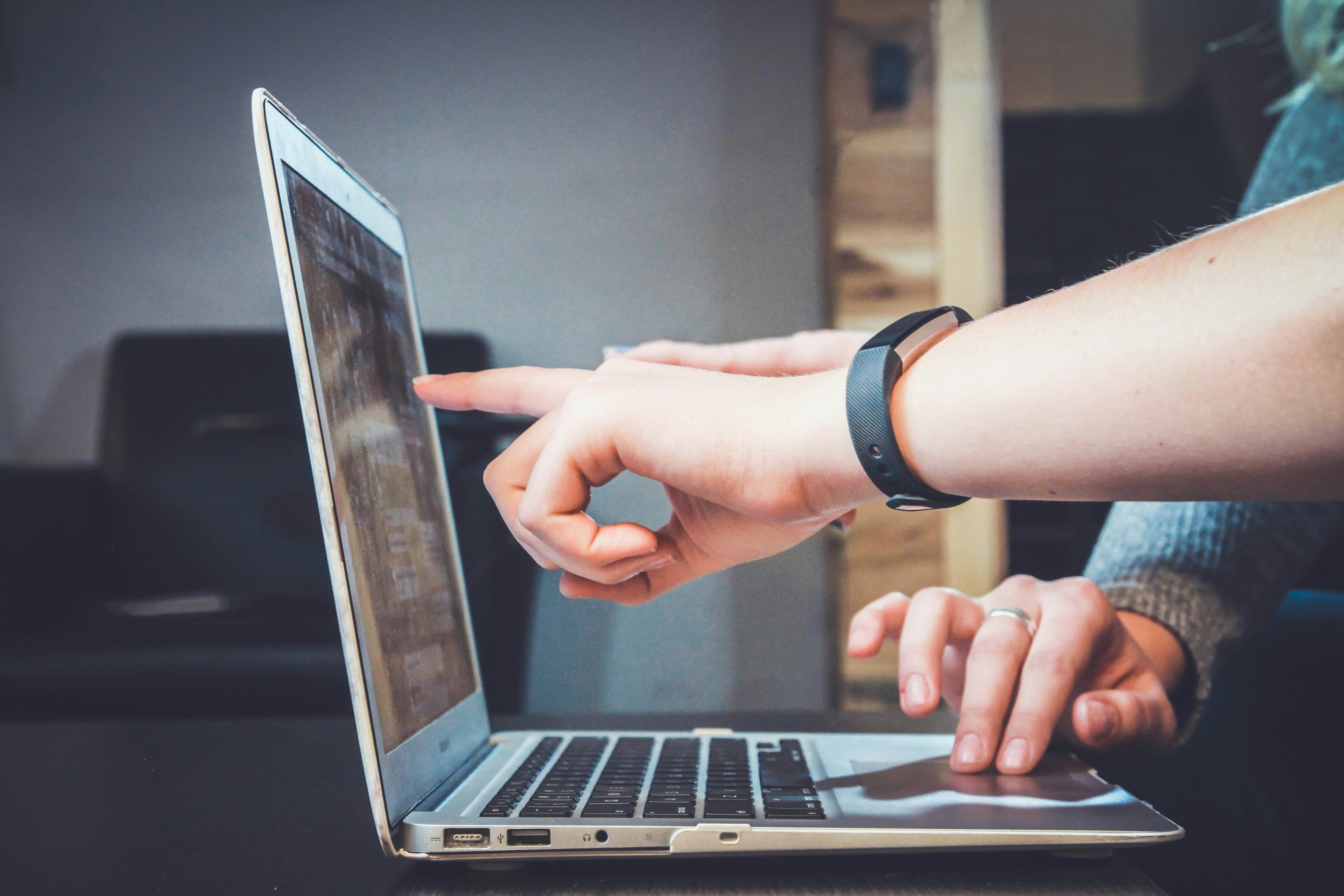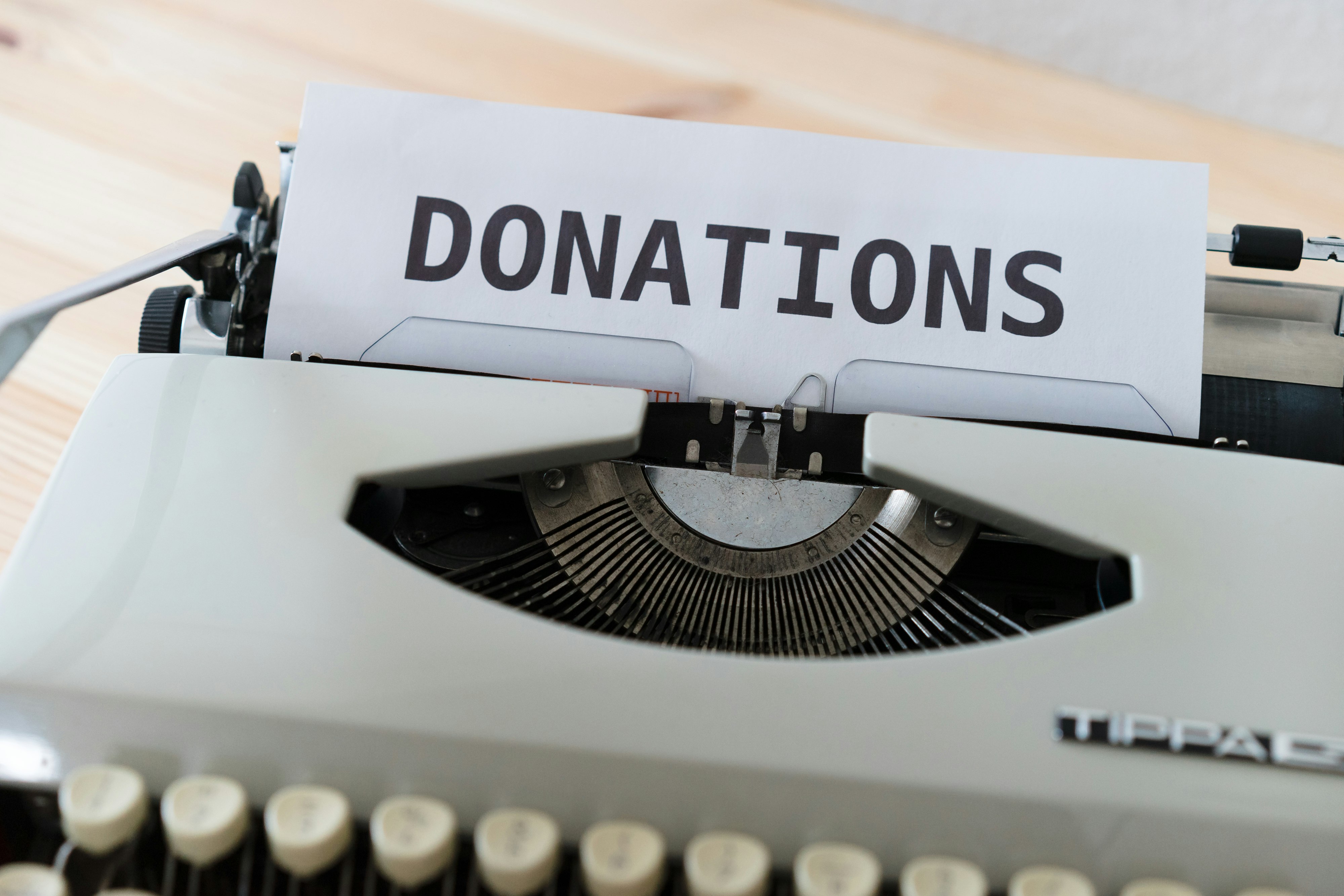With over 1,200 global retailers like Macys, Target, Orbitz, and Stubhub chances are a consumer will find exactly what they’re looking for. Co-founders Vijay Koppisetti and Marc Mruz wanted to create a platform that promoted sustainable funding while being both a win-win for customers and nonprofits alike. Kopposetti explained, “Nonprofits operating in and around us need to have sustainable funding to execute on their wishes.” He went on to explain that Kiindly was born after he grappled with the ideas of “what can we really do to create a sustainable source for nonprofits?”
In Use:
By using Kiindly on everyday items, a nonprofit can get cash back and donate it straight back to their organization. This unique aspect of Kiindly allows charities to take matters into their own hands, not having to wait for their donors to give back to them. Koppisetti explains that a charity can; “leverage your whole spending for your organization and get a credit back or portion back to help your own organization.” In order to keep their lights on all nonprofits have overhead costs. This includes renting an office, furniture, electricity, laptops etc. There are numerous nonprofits who rely on traveling to and from their constituents. This often means that the organization is responsible for plane tickets, renting a car, or staying in a hotel. After a while these costs add up. With Kiindly, nonprofits can buy their supplies at Office Depot, purchase their flights on Orbitz, rent a car on Expedia, and book a hotel at a Hilton- while earning cash back that can be donated back to their charity.
Shoppers begin by registering for Kiindly on their website. They can either choose to enter in a valid email address and password or use single-sign-on with their Google or Facebook account. They must fill out a brief form that includes how much of their cashback should go to charity and which charity they wish to donate to. Once that form is filled out they can start shopping! It is important to note that a transaction must be made on Kiindly’s website in order to be eligible for cashback. Once a purchase is made, donors receive a generic “thank you note”, and a receipt from the DAF (Donor Advised Fund). DAF is defined by the SocialGood Fund as a “financial account maintained by a charitable organization into which funds are deposited for the purpose of charitable giving.” By using DAF, donors can be ensured that their donation is going to the charity of choice, is being used in the right way, and is eligible for a tax deduction.
Technology Used:
Registered users have access to a dashboard that includes profile information, payment settings, and activity reports. It breaks down each transaction and includes the date the transaction occurred, the store, the amount of the purchase and ultimately the amount of the cashback.
Ease of Use:
Using Kiindly is easy. It is simple to register and then click on the vendor you would like to purchase from. Consumers can select which organizations to donate to and refer to their dashboard for a history of their transactions. The nonprofits receive their donation from the DAF itself. While a nonprofit will not be able to see which individuals donated to their charity, they can tell that the donation came from Kiindly.
Recap:
Kiindly is a socially responsible shopping platform that allows consumers to shop at their favorite stores, receive cashback and either keep their cash or donate it to nonprofits. An average consumer receives about 4.95% cashback. To date there are an estimated 200,000 supporters using Kiindly. About 40,000 or 20% of those supporters are active ensuring that an average of $264K is donated to charities per month across the country. While many people who assume shoppers would opt for cashback, according to Koppisetti and Mruz about 95% actually donate their cash to a charity of their choice.
Disadvantage:
- People opt for the cash as opposed to donating it.
- Nonprofits cannot personally thank their donors because they don’t know who they are. This can cause the organization to miss out on nurturing donors.
- People may forget to sign on to Kiindly before making a purchase.
Advantages:
- Nonprofits can shop and use Kiindly themselves optiving to give the cash back to their organization
- It’s an easy and simple way for donors to give back who don’t have the time to volunteer.
- All charities with 501C are eligible thanks to DAF. This is different than Amazon Smile who only have a limited number of charities to chose from.
My Opinion:
I really like the idea that nonprofits can put their destiny in their hands by using Kiindly and donating the cashback to their organization. With full-time jobs surpassing 40 hours a week, it can be hard for the average person to find time to volunteer. By donating through Kiindly, a person can make a difference with a minimal time commitment. It’s also important to note that a nonprofit doesn’t have to sign up for Kiindly. With DAF, a donor can find them instantly- as long as they’re in good standing with the IRS. I would like to find a way to see Kiindly include personalized “thank you’s”. Repeat donations are a huge part of a nonprofit’s monetary gain so it’s important to know who is donating to their organization and continuously nurture them in order to secure future funding.














 Being able to shop and donate to your favorite charity may seem like it’s too good to be true, but with
Being able to shop and donate to your favorite charity may seem like it’s too good to be true, but with 
